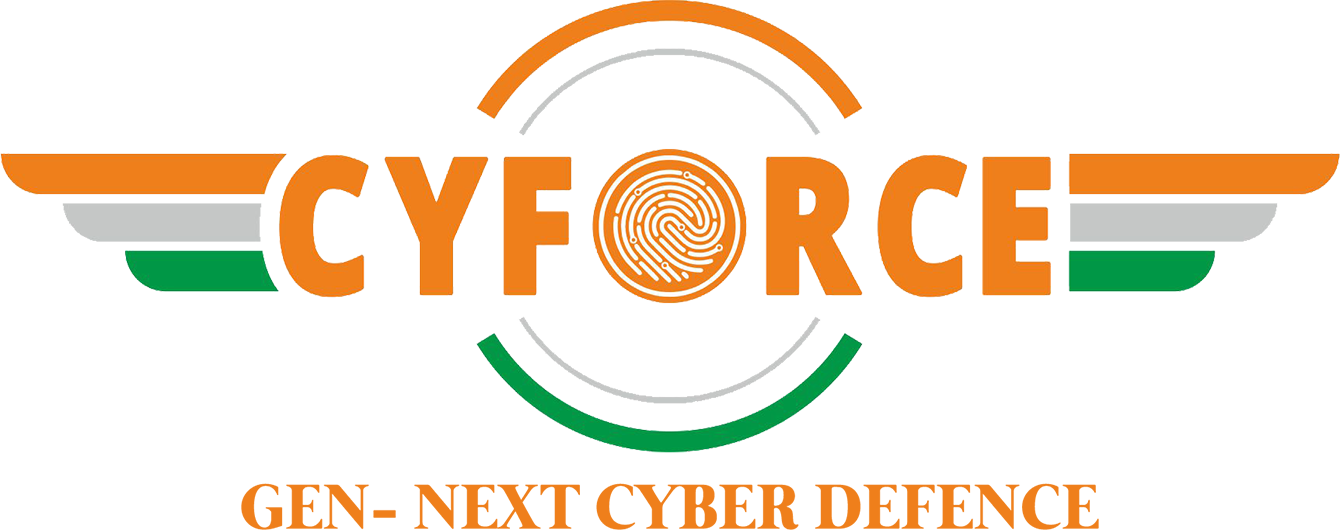
- info@cyforce.in
- +91-9702823777
- +91-9821256993
- Mon - Sat: 10:00 AM - 6:00 PM
Gap Analysis
Gap Analysis
a) Assessing Security Controls: Cybersecurity audits evaluate the effectiveness of an organization's security controls and measures. Digital forensics can help identify vulnerabilities and weaknesses in the existing security infrastructure by conducting thorough analysis and assessment of digital evidence, including logs, system artifacts, and network traffic. This helps in identifying areas of improvement and ensuring that security controls are properly implemented and functioning as intended.
b) Identifying Security Policy Non-Compliance: Cybersecurity audits assess an organization's adherence to security policies, standards, and regulatory requirements. Digital forensics can help identify instances of non-compliance by examining digital evidence for policy violations, unauthorized access attempts, or improper use of resources. This assists organizations in addressing non-compliance issues, implementing corrective measures, and ensuring compliance with relevant cybersecurity regulations.
c) Network Assessment Audits:
a) Comprehensive Evaluation:
Digital forensics and cybersecurity experts perform a thorough evaluation of the corporate network infrastructure, including routers, switches, firewalls, and wireless access points. They assess the configuration, architecture, and overall security measures in place.
b) Vulnerability Identification:
The experts identify vulnerabilities and weaknesses within the network infrastructure that could potentially be exploited by cyber attackers. They conduct vulnerability scans, penetration testing, and other techniques to uncover vulnerabilities, misconfigurations, or inadequate security controls.
d) Risk Mitigation Recommendations:
a) Based on the assessment findings, digital forensics and cybersecurity professionals provide detailed recommendations to mitigate identified risks. They suggest specific actions to enhance network security, such as implementing security patches, strengthening access controls, and configuring firewalls and intrusion detection systems effectively.
e) Strengthening Network Defences:
a) The audit helps corporate firms identify gaps and areas of improvement in their network defenses. It enables them to bolster their security measures, such as deploying updated firmware, implementing secure configurations, and ensuring proper encryption protocols are in place.
f) Compliance and Regulatory Alignment:
a) Network Assessment Audits also help organizations ensure compliance with industry standards and regulatory requirements. The experts assess the network infrastructure against relevant security frameworks and guidelines, such as the Payment Card Industry Data Security Standard (PCI DSS) or the National Institute of Standards and Technology (NIST) Cybersecurity Framework. This ensures that the network aligns with the required security controls and safeguards.


